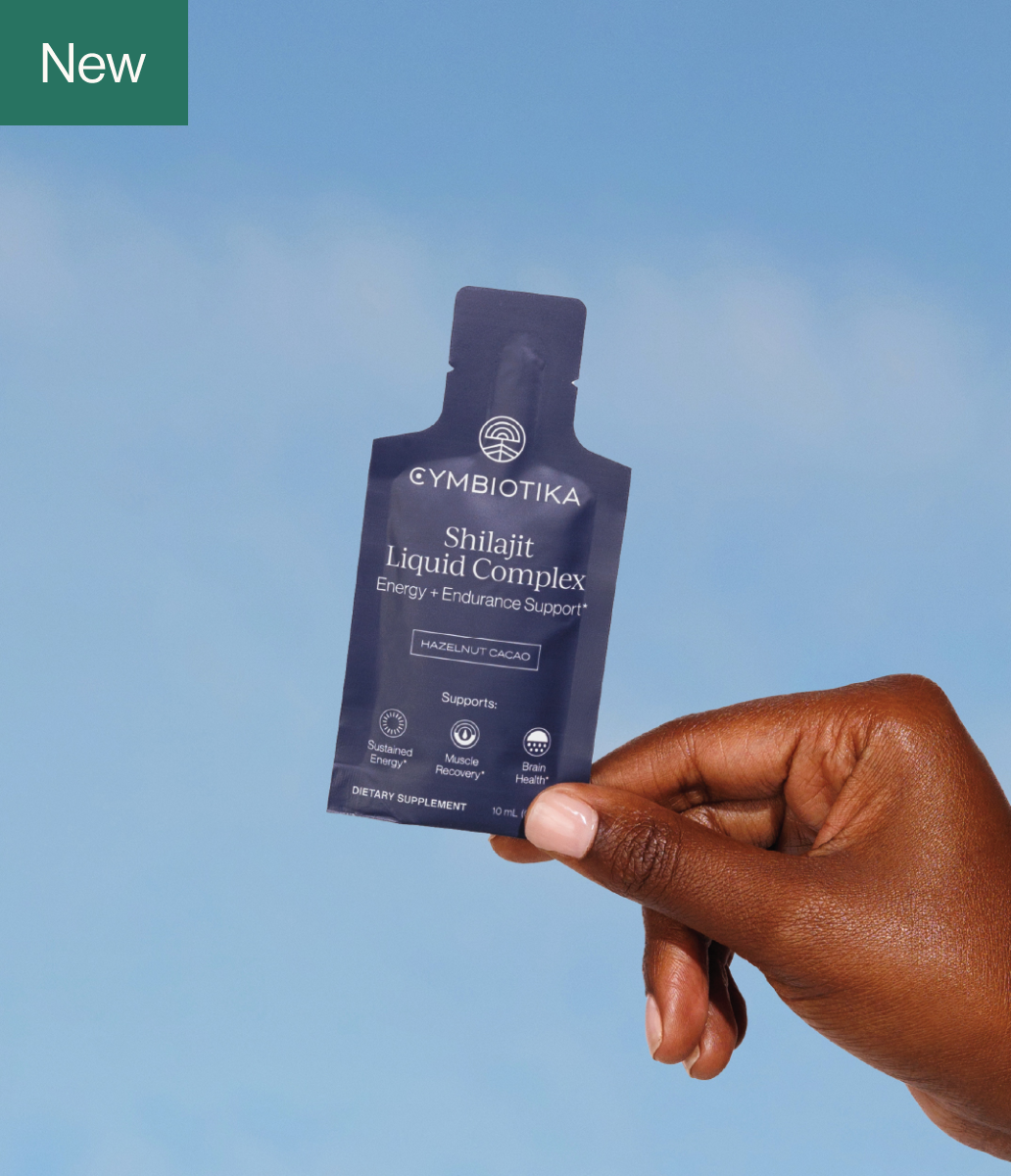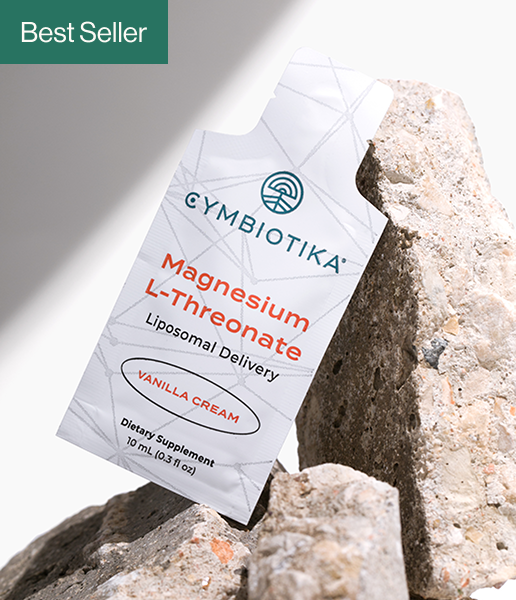
Lactobacillus Rhamnosus GG
“New Research Reveals Probiotics Anti-Toxin, Anti-Inflammatory, Immune Boosting Properties of Lactobacillus Rhamnosus GG”
This unique immunobiotic was isolated from a healthy human in 1985 by a team of two Tufts University researchers,Barry Goldin, M.S., Ph.D. and Sherwood L. Gorbach, M.D. They spent nearly a decade testing organisms until they discovered one that was a potent antimicrobial, survived stomach and bile acid, and was very, very sticky—it adhered well to the gut mucosa.
Naming the organism Lactobacillus GG, after the first initials of their last names, Goldin reports that the organism was unique in the “white, almost milky creamy colonies it would form, probably because of a polysaccharide in the cell wall.” LGG continues to be studied around the world—from Florida to China, Korea to Germany, Finland to Australia, Boston to Italy. In the last two years alone researchers have uncovered new benefits of this probiotic strain far beyond digestive health, as well as deciphering the mechanisms by which this hardy organism inhibits pathogens and their toxins, and helps restore and reset immune function. Like the Vitamin C of probiotics, Lactobacillus GG is both the most researched and most trusted, safe, effective immune-boosting probiotic we know of.” (1)
Lactobacillus Rhamnosus GG Prevents Many Infections And Autoimmune Conditions
be able to prevent strep throat.
reduces arthritis
can help a liver damaged by alcohol.
Alters The Immune Response
Lactobacillus Rhamnosus GG proteins heal the gut lining
helps limit the runaway inflammatory response in our body.
Actively Restores Immune Balance
New Research on Preventing Diarrhea
Reduce risk of Asperger Syndrome and ADHD
Less Anxiety -effect on GABA neurotransmitter receptors,
“L. rhamnosus is also considered one of the most extensively researched probiotics in the world, because over 400 studies have been published that establish its immune-modulating properties.” (2)
“L. rhamnosus is a type of bacteria found in your intestines. It belongs to the genus Lactobacillus, a type of bacteria that produce the enzyme lactase. This enzyme breaks down the sugar lactose — which is found in dairy — into lactic acid. Bacteria from this genus, such as L. rhamnosus, are considered probiotic." (3)
Probiotics are live microorganisms that can offer health benefits when consumed.
Hundreds of studies support the benefits of L. rhamnosus.
Uniquely adapted to survive in acidic and basic conditions within your body, this bacterium can also adhere to and colonize your intestinal walls. Such characteristics give L. rhamnosus a better chance of survival — so it may offer longer-term benefits
There are many different strains, each with different characteristics
The concept of using Lactobacillus species for disease treatment and prevention as well as health restoration and maintenance is not new. Probiotics have been used therapeutically to modulate immunity, lower cholesterol, treat rheumatoid arthritis, prevent cancer, improve lactose intolerance, and prevent or reduce the effects of atopic dermatitis, Crohn’s disease, diarrhea, and constipation as well as candidiasis and urinary tract infections (UTI). (4)
Lactobacillus rhamnosus has remarkable effects on inflammation and infection. Research shows that it is able to significantly blunt the amounts of inflammatory cytokines that pathogenic bacteria seem to trigger—such as TNF-alpha, interleukins, and myeloperoxidase. Remarkably, it downregulates inflammation not only in the gut, but in the intestine, liver, lung and blood. It also seems to reduce the invasive capacity of bacteria. As a result, it can be highly beneficial in a variety of inflammatory diseases and infections.
Oral consumption of this immunobiotic helps protect against infection and inflammation as far away as the nose, ears, skin, lung or urinary tract. Specific IgE is reduced when consuming immunobiotics, and animal studies have shown protection against bronchial infection with H. influenza and Candida.
LGG has also proven effective in combating many other troubling gut pathogens. This probiotic inhibits Clostridium, Bacteroides, Pseudomonas, Staphylococcus, Streptococcus and Entereobacteria—yet does not inhibit other beneficial Lactobacilli.
Respiratory Infections
Consumption of L. rhamnosus also lowered the occurrence of respiratory problems in children attending day care centers, and children who received L. rhamnosus probiotics in another study had fewer days per month with respiratory symptoms than children in a control group.
L. rhamnosus was found to offer significant protection against ventilator-associated pneumonia among hospitalized patients.
A 2008 study of 559 children showed that this strain of Lactobacillus significantly lowered the frequency and duration of acute infectious diarrhea, as well as the requirement for intravenous therapy and hospital stays.
Milk containing probiotic Lactobacillus rhamnosus GG and respiratory illness in children: a randomized, double-blind, placebo-controlled trial. (5)
Cancer
How Does Lactobacillus rhamnosus Work?
Lactobacillus rhamnosus suppresses inflammatory molecules triggered by E. coli infections. A 2009 study from Japan studied the mechanism by which the probiotic may work. While E. coli triggered inflammatory chemokines (measured by PCR), Lactobacillus rhamnosus “significantly suppressed” them. The researchers suggest that the probiotic does this by suppressing specific inflammatory pathways.
Lactobacillus Rhamnosus even seems to be able to remove toxins from solution. A 2008 study of this particular strain of Lactobacillus along with other probiotics looked at the peptide toxins from cyanobacteria. LGG and Bifido bacterium strains were studied. This unique probiotic was able to remove between 60 and 78 percent of three specific toxins. Toxins could be removed simultaneously by the probiotic, and researchers found that a combination of probiotics enhanced their removal ability. This fascinating study suggests that one mechanism by which Lactobacillus Rhamnosus heals the gut and the immune system is by actually binding or denaturing bacterial toxins.
Lactobacillus Rhamnosus proteins heal the gut lining. Two proteins produced by LGG promote “epithelial integrity”, according to a 2008 study from the University of Tennessee. Researchers looked at two unique Lactobacillus proteins, p40 and p75, and found that treating cells with these proteins helped prevent oxidative damage and permeability.
Lactobacillus Rhamnosus and other immunobiotics may activate specific T-cells (“Peyer’s patch”) according to a review by Robert Clancy of Royal Newcastle Hospital in Australia. This may be how oral consumption of this immunobiotic helps protect against infection and inflammation as far away as the nose, ears, skin, lung or urinary tract. Specific IgE is reduced when consuming immunobiotics, and animal studies have shown protection against bronchial infection with H. influenza and Candida. As Clancy concludes “to continue to use the term ‘probiotic’ for those bacteria which promote health…would appear outmoded and out of step with contemporary thinking and potentially confusing.” (9)
It Actively Restores Immune Balance
Lactobacillus Rhamnosus, with its antimicrobial and immune-regulating ability, along with its extremely sticky, adhesive properties, offers an entirely new therapeutic strategy for combating allergic and infectious disease. Our gut microbiota have a powerful ability to prime immune regulation. From the moment we’re born, our immune system is regulated by our flora—which in turn is influenced by everything from our mothers’ microbiota, the mode of delivery (vaginal, which colonizes the baby with Lactobacilli; or caesarean, which does not), whether we are breast or bottle fed, and our diet and environment. Diet directly influences the diversity of the microbiota. Host-microbe cross talk is key to maintaining immune tolerance and effectiveness.
LR is found in Cymbiotika Regenesis and uniquely adapts to survive in acidic conditions within your body, it can adhere to and colonize your intestinal wall. This characteristic gives LR a high survival rate, which provides long term benefits. LR may relieve IBS symptoms such as bloating, abdominal pain, and abnormal bowel movements. LR is critical for good digestive health. It belongs to the lactobacillus family which produces lactic acid. It helps to protect your kidneys and bladder, and prevents UTI’s. It helps reduce acne and allergies.
FOUND IN THE FOLLOWING PRODUCT(S)
Works Cited & Clinical Research
1. LGG (Culturelle) Its Workings Are Explained
2. Lactobacillus GG: A Potent Immune Regulator Effective in Many Disorders
3. Expert consensus document. The International Scientific Association for Probiotics and Prebiotics consensus statement on the scope and appropriate use of the term probioti
4. The Scientific Basis for Probiotic Strains of Lactobacillus
5. Milk containing probiotic Lactobacillus rhamnosus GG and respiratory illness in children: a randomized, double-blind, placebo-controlled trial
6. Towards a better understanding of Lactobacillus rhamnosus GG - host interactions
7. Dual Anti-Metastatic and Anti-Proliferative Activity Assessment of Two Probiotics on HeLa and HT-29 Cell Lines
8. Lactobacillus rhamnosus GG Activation of Dendritic Cells and Neutrophils Depends on the Dose and Time of Exposure
9. In vitro study of antioxidant and antibacterial activities of Lactobacillus probiotic spp










